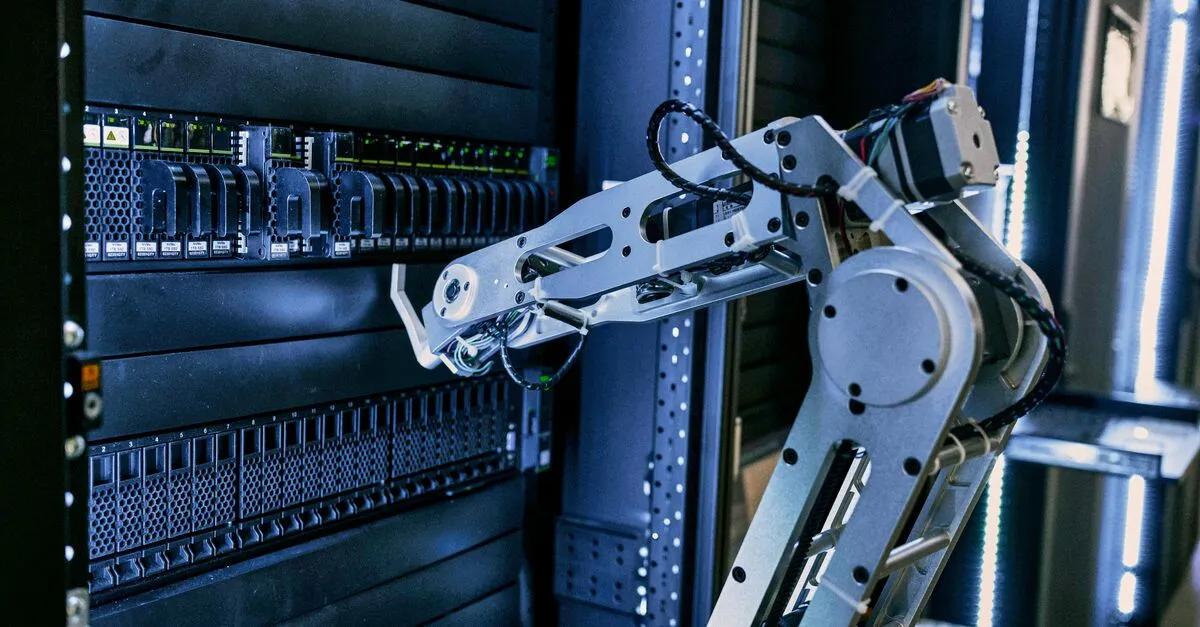
Data centres: the big energy consumers
8 November 2024
Reading time: 3 min
The advancing digitalisation requires more and more computing power. For example, in the past decade, more and more companies worldwide have migrated their computing and communication infrastructure to cloud service providers. The boom in Artificial Intelligence (AI) and the introduction of generative AI models are significantly driving up the demand for server computing capacities. Microsoft, for instance, opens a new data centre every three days.
Director Telecom, Media, Technology & Healthcare bei der ING Deutschland
Loïc Kremer
Total investments in data centres are expected to reach 150 billion US dollars in 2024. To achieve this goal, the financing of data centres must also be secured. This is not an easy task, especially considering the specific requirements and ecological footprint of the projects. To operate data centres as sustainably as possible, technological progress is needed, as well as the most efficient design of the projects.
The increasing expansion of data centres also requires an adaptation of the infrastructure. The International Energy Agency, for example, expects a 150 percent increase in electricity demand by 2050 due to digitalisation, the increasing number of electric cars, and the expansion of data centres.
Rising electricity demand
Energy providers must ensure that this increasing demand can be met with green electricity. They can also benefit from by-products such as the waste heat from data centres. This heat is generated during the cooling of servers and buildings. Depending on the technology, the temperature usable as waste heat is 25 to 30 degrees Celsius with air cooling or even 55 to 60 degrees Celsius with liquid cooling. The generated heat is often still released unused into the environment. However, by connecting to a district or local heating network, the CO2-free heat can be used for heating or hot water supply in buildings.
The potential has also been recognised by lawmakers, who passed the Energy Efficiency Act in November 2023. According to this, new data centres that are put into operation after 1 July 2026 are required to make at least 10 percent of their waste heat usable. For centres that start operations in 2027 or 2028, this value even increases to 15 or 20 percent, respectively.
Sustainability has long been a topic in the industry: Large providers such as AWS, Microsoft, or Apple are already relying 100 percent on renewable energies or aim to become CO2-negative. There are already corresponding projects in Germany as well: In 2025, the “Franky” project by the energy provider Mainova will go online in Frankfurt am Main, where the waste heat from a data centre will be used for heating a new residential area.
For energy providers, there is great potential for CO2-free heat here. And data centres can play a crucial role in expanding the future energy infrastructure.
Society is transitioning to a low-carbon economy. So are our clients, and so is ING. We finance a lot of sustainable activities, but we still finance more that’s not. See how we’re progressing on Opens in a new tabing.com/climate.
Do you have any questions or comments?
Well, then talk directly to one of our experts!
